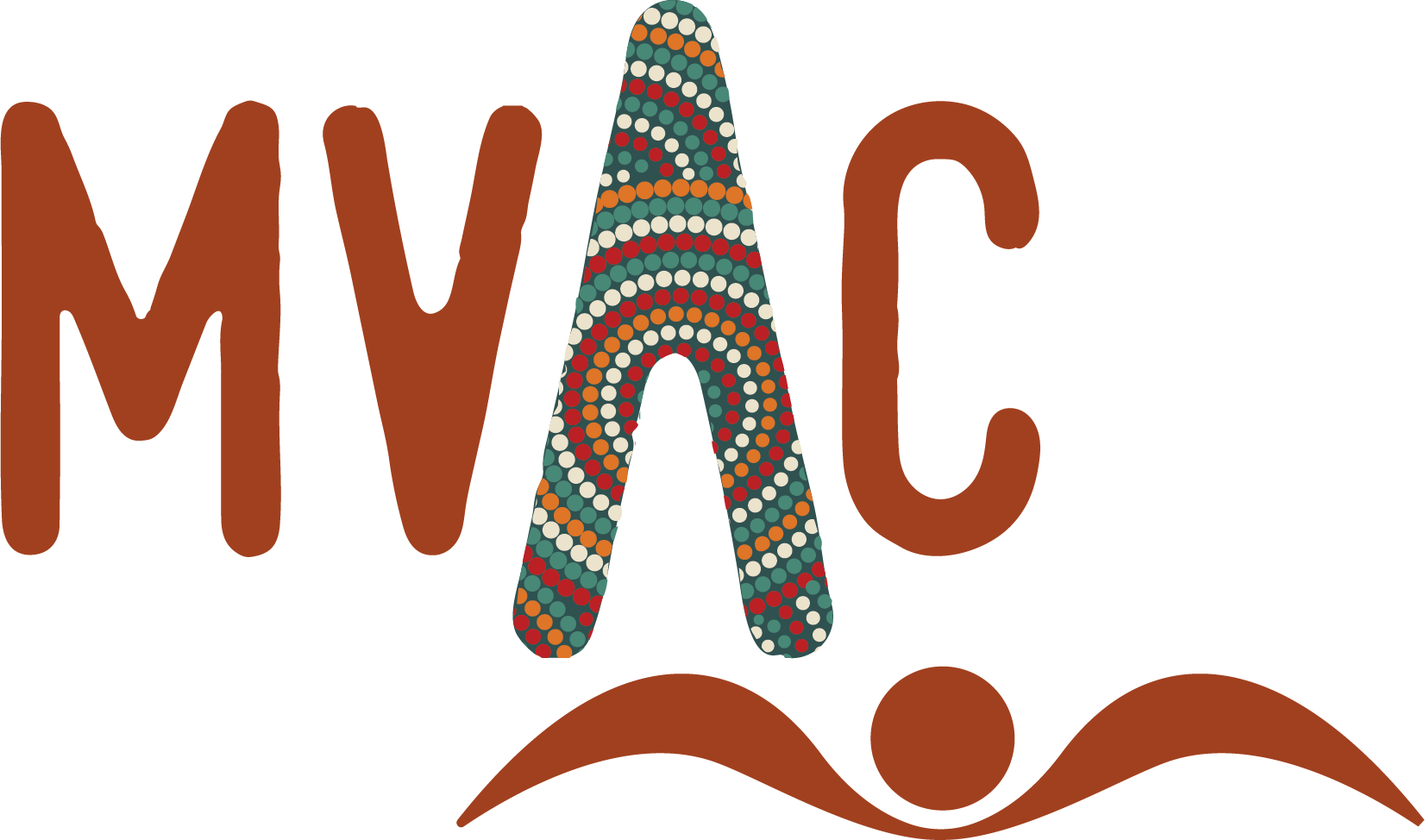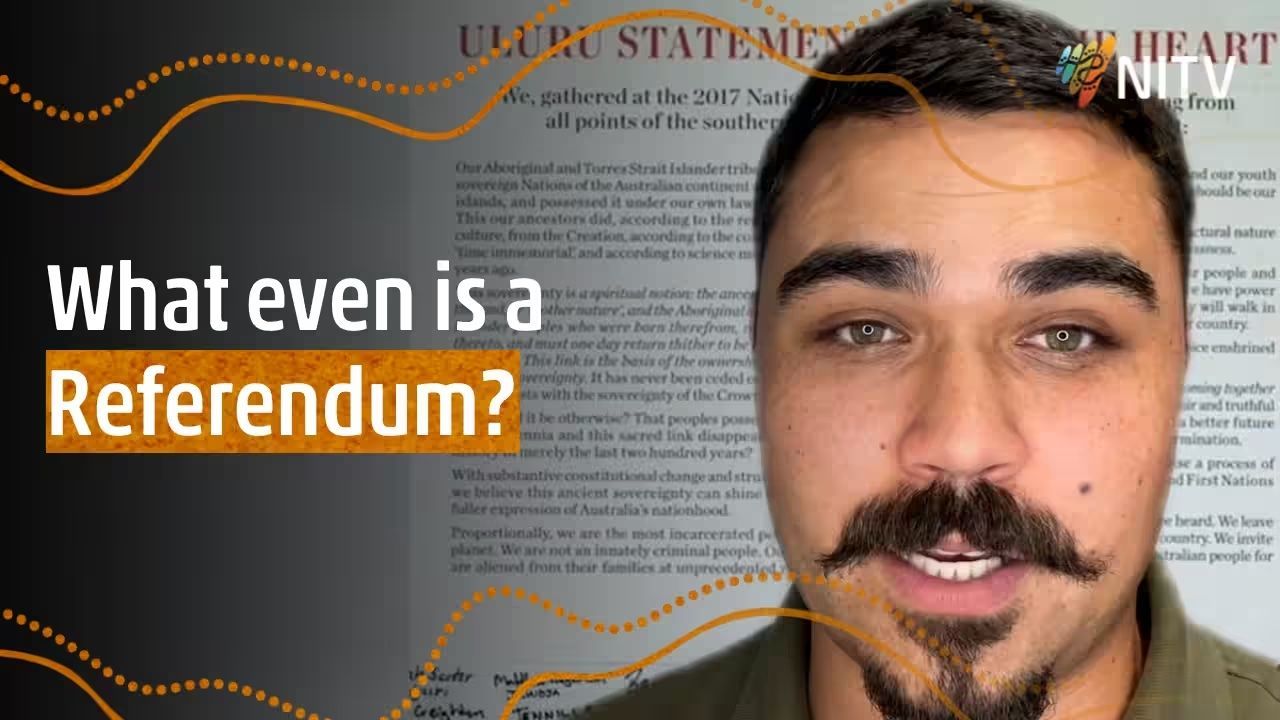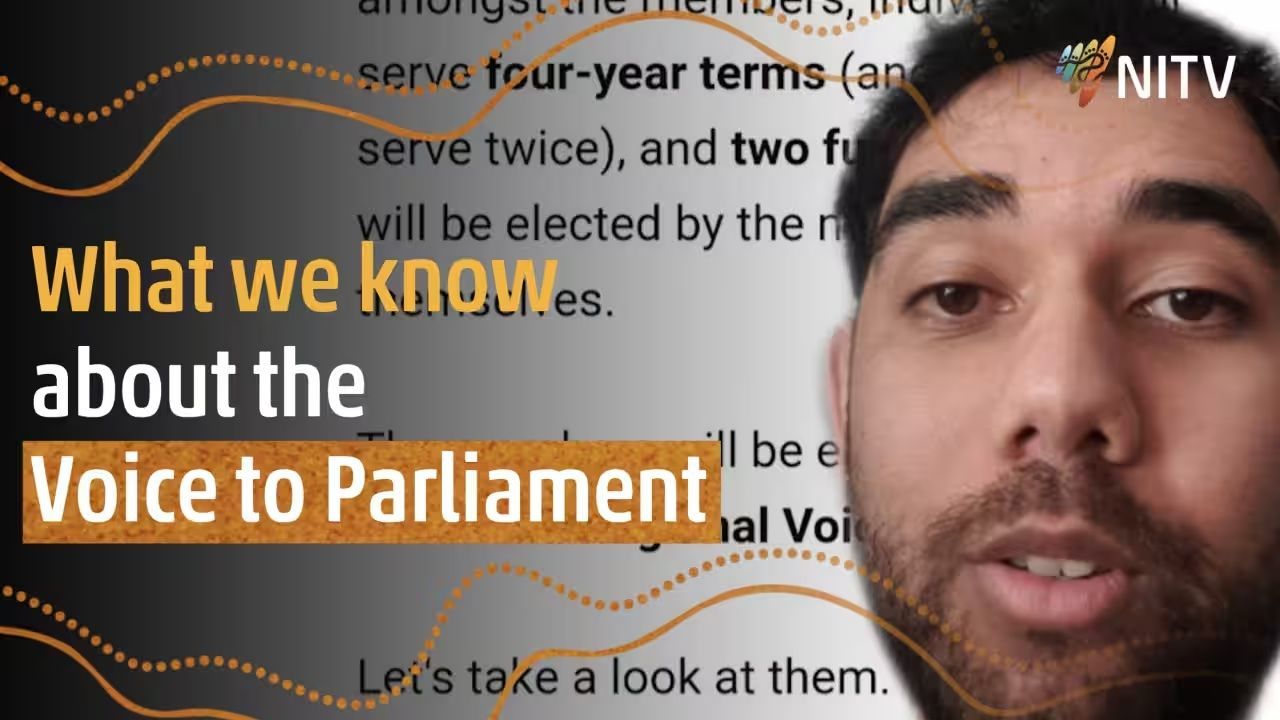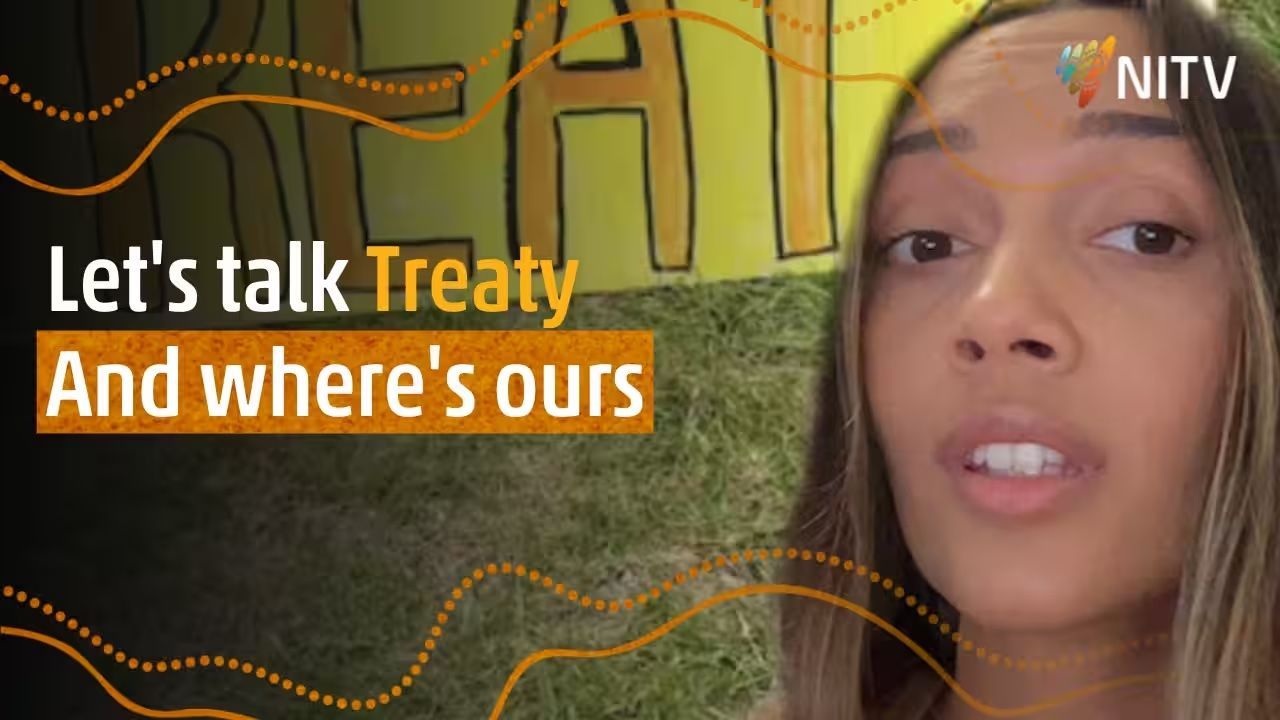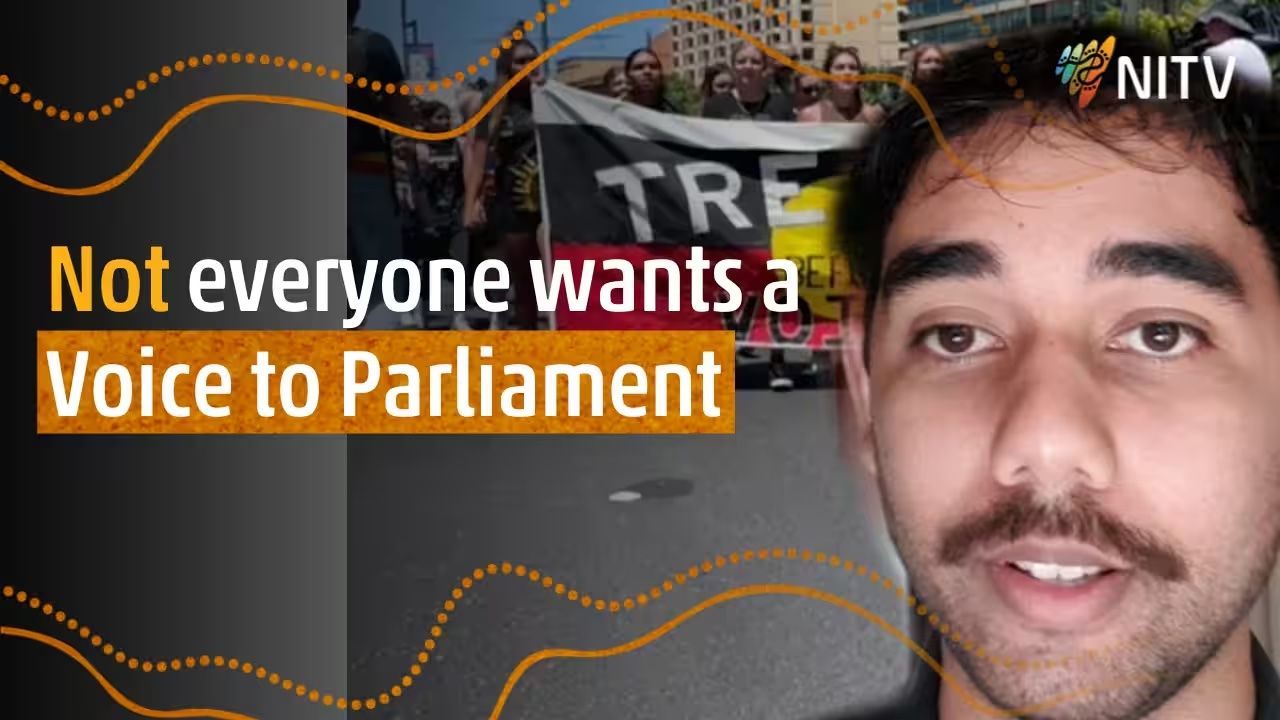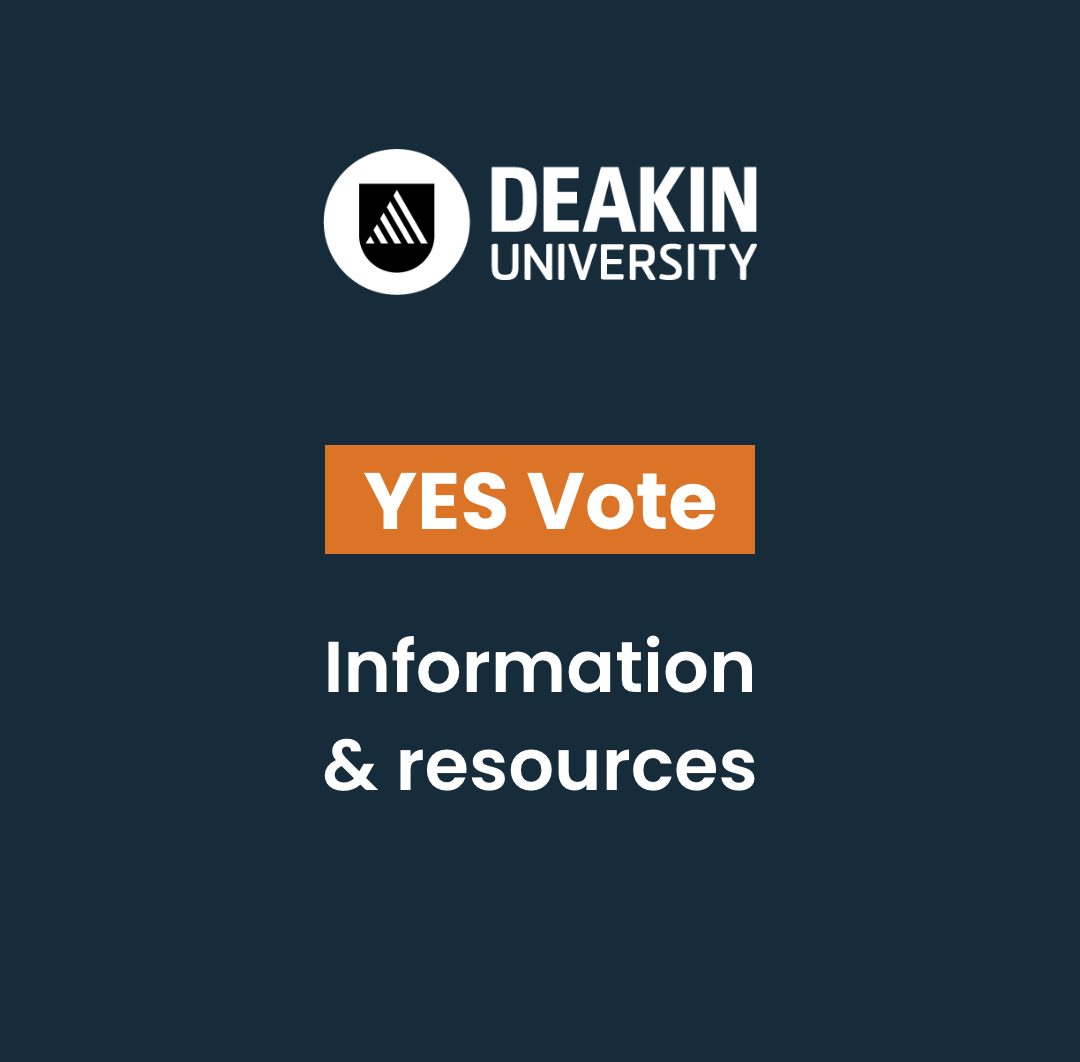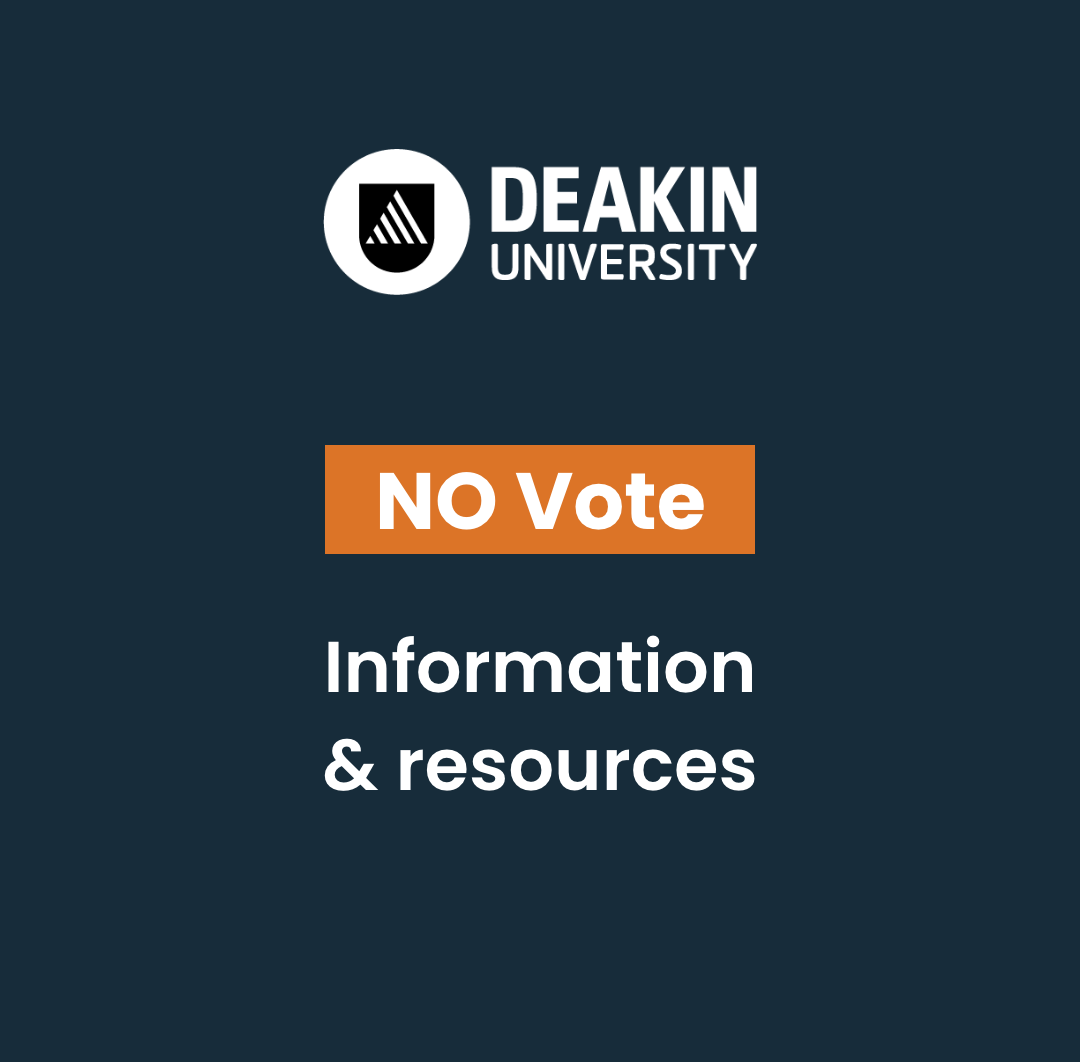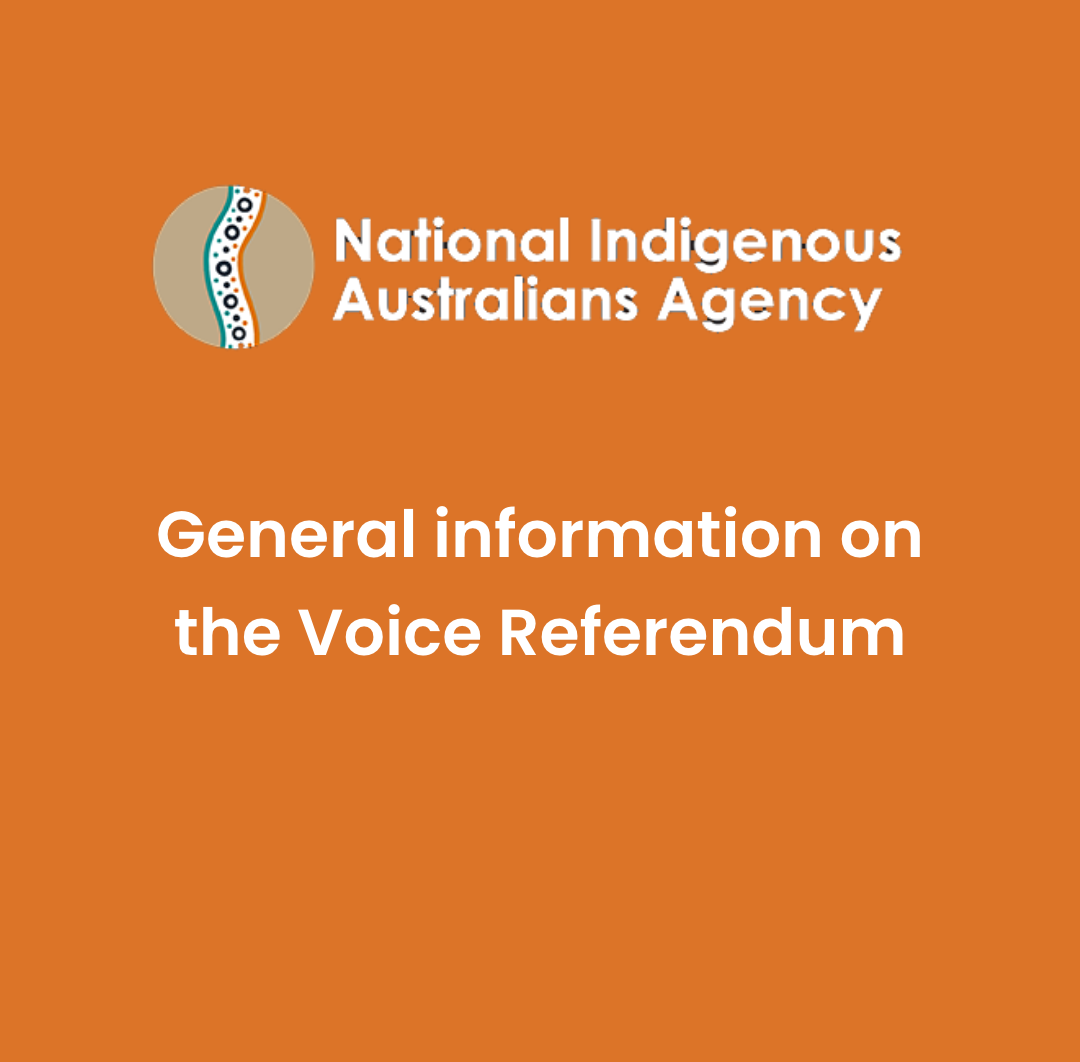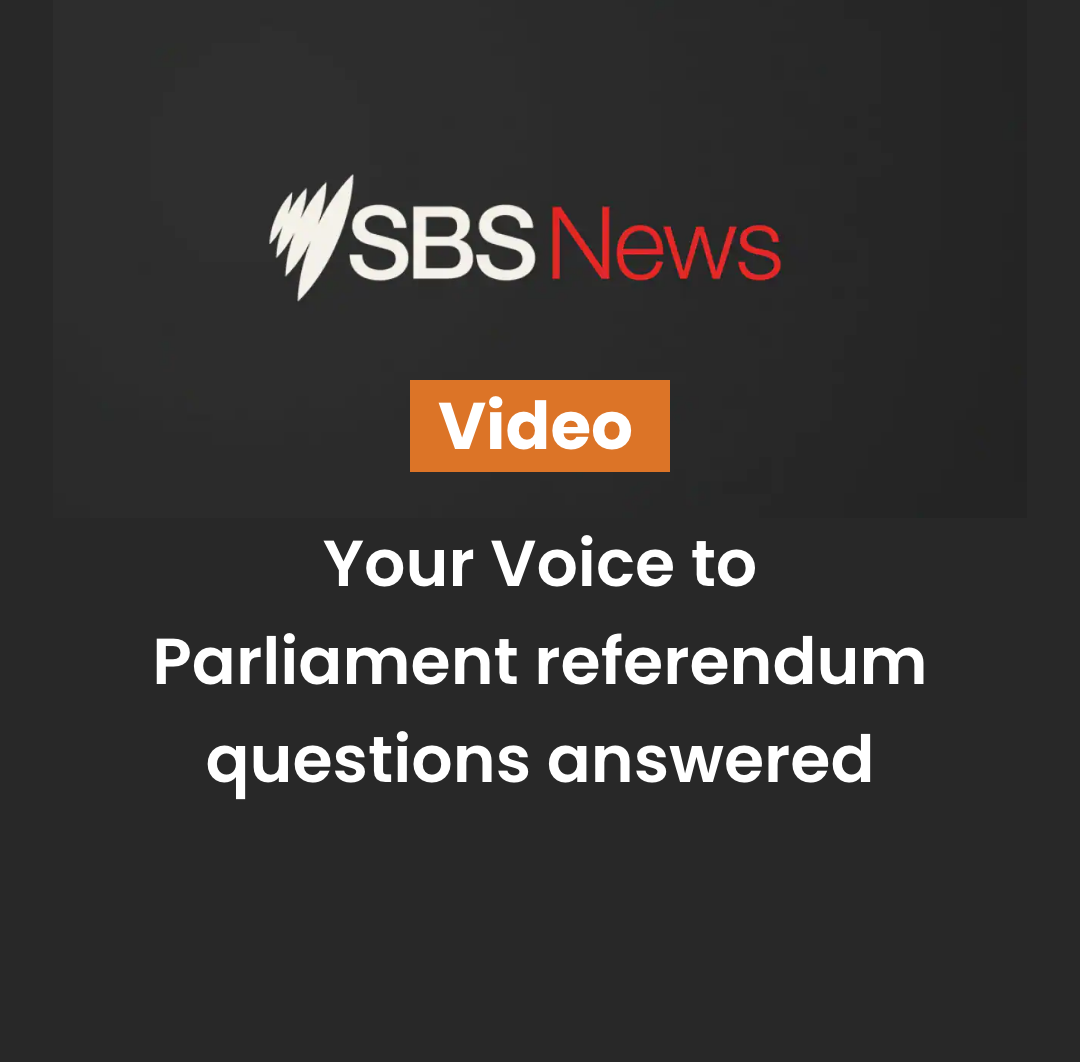Voting Resources
Information about the Voice Referendum
Saturday 14th October 2023
Early Voting at MVAC - Wednesday 4th October

This page has been created to assist our MVAC community in staying informed about the upcoming referendum. We have curated information from various sources, including the official Australian Government website and others. Our objective is to provide you with access to information and resources to help you make an informed vote. Our intention is to promote voter education rather than advocate for any specific side of the referendum.

What is the Voice Referendum all about?
On Saturday, 14 October 2023, Australians will have their say in a referendum about whether to change the Constitution to recognise the First Peoples of Australia by establishing a body called the Aboriginal and Torres Strait Islander Voice.
Voters will be asked to vote ‘yes’ or ‘no’ on a single question.
The question on the ballot paper will be:
“A Proposed Law: to alter the Constitution to recognise the First Peoples of Australia by establishing an Aboriginal and Torres Strait Islander Voice.
Do you approve this proposed alteration?”
This information is taken from the official Australian Government Voice Referendum Website

The Australian Government's proposal
The following information is taken from the Official Australian Government Voice Referendum website outlining the proposal for an Aboriginal and Torres Strait Islander voice.
What would the Aboriginal and Torres Strait Islander Voice do?
How would the Aboriginal and Torres Strait Islander Voice be set up?
This information is taken from the official Australian Government Voice Referendum Website
Some helpful videos from NITV
The following video content from NITV helps explain more about key aspects of the Voice Referendum.
Podcasts from the AEC
Episode 1
Why have a referendum
Episode 2
History of referendums
Episode 3
What is the AEC
Episode 4
How did we get here
Episode 5
Double majority
Episode 6
Mythbusting
Episode 7
Disinformation - part 1
Episode 8
Disinformation - part 2
Episode 9
Your answer matters
Episode 10
What happens next
Yes or No?
The key arguments for and against the Voice
Arguments against the Voice have morphed since opponents first claimed it would act as a 'third chamber' of parliament, a claim which has since disappeared. But other questions over how the body would function have emerged, with opponents both arguing the Voice would go too far or not far enough. Here are the key arguments for and against enshrining a Voice to Parliament in the constitution:
YES
- The Voice was recommended after a years-long engagement with Indigenous communities across Australia.
- Indigenous people should have a say in policies that affect them.
- If the government listens to Indigenous people as it creates policies about them, the policies will be better.
- It will be permanent, and future governments won't be able to remove it.
- Ensuring the Voice can speak to "executive government" means its central role is entrenched, regardless of future governments.
- It will be gender equal and include youth members, meaning more voices from Indigenous communities will be heard.
- It has been carefully devised and given the green light by legal experts.
- Fixed terms mean representatives will always be accountable.
- The Voice would be a good mechanism through which to negotiate Truth and Treaty processes with the Commonwealth.
- Parliament, and by extension the Australian people, would still hold the ultimate say over what becomes law.
NO
- It's symbolic, and fixing systemic issues facing Indigenous communities would require a body with actual power.
- Governments can ignore its advice if they don't like it.
- The Voice adds race to the constitution.
- Because the Voice will be designed by parliament, future governments could change or sideline it.
- Indigenous people already have a voice via an unprecedented level of Indigenous representation in parliament.
- Truth and Treaty should come before the Voice.
How to vote
The following information is taken from the AEC website. For more information about how to vote visit aec.gov.au
Am I required to vote in the Referendum?
If you are an Australian citizen aged 18 years or older you are required to vote in the referendum. You must be correctly enrolled by 8pm local time Monday 18 September 2023.
How do I enrol to vote?
To enrol, complete the form on the AEC website. If you are already enrolled but need to update your name or address, you can update your details online.
Voting options - early voting
Early Voting at MVAC
Wednesday 4th October
The AEC will be at MVAC Hall on Wednesday 4th October.
All are welcome to come down, vote early and enjoy some morning tea.
Other Early Voting Options
In person at an early voting centre
If you can’t get to a polling place on polling day you can vote at an early voting centre in Australia - such as MVAC on Wednesday 4th October.
If you're overseas
If you’re overseas during the federal election or referendum period, you may be able to vote at an overseas voting centre or by post. Click here for more information about overseas voting.
Postal voting
You are eligible to apply for a postal vote if you are unable to get to a polling place on polling day. Click here to apply for postal voting.
AEC mobile voting
AEC mobile polling teams visit many voters who are not able to get to a polling place. Mobile polling teams will visit some residential care facilities and remote areas of Australia. Mobile polling is carried out around Australia during the election or referendum period.
Telephone voting
Telephone voting for people who are blind or have low vision
Voters who are blind or have low vision can cast a vote using our dedicated phone service from any location.
Need assistance to vote?
Voters living with a disability may also be eligible to cast their vote by post, or can vote with assistance at a polling place. Click here for information on assistance available.
Voting options - voting on polling day
You can vote at any polling place in your state or territory on polling day. Polling places are usually located at local schools, churches and community halls, or public buildings.
You can vote in the Voice Referendum on Saturday 14th October.
What happens on polling day
Information Hub
Here you can find links to articles, videos and other information about the Voice Referendum.
